Beyond Chlorine: How UV Technology Keeps Pools Safe
by farheen_sikandar_2 | May 7, 2025 3:34 pm
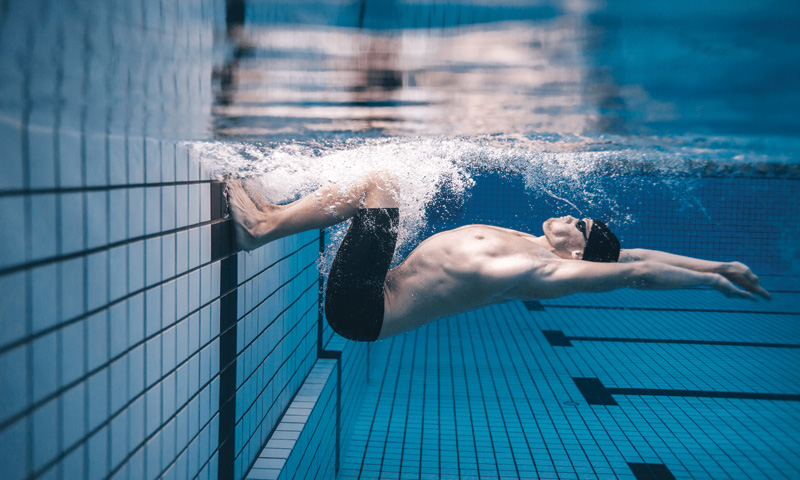
A family vacation often revolves around the allure of a hotel pool—a place where children play and adults find a moment of reprieve. However, potential health hazards lurk beneath the sparkling surface that every pool enthusiast should know. This comprehensive guide delves into the critical aspects of maintaining swimming pool health and safety, shedding light on unseen threats and offering practical solutions.
Understanding the risks
Hotel swimming pools, community pools, hot tubs, and aquatic facilities have been hotspots for recreational water-associated illness (RWI) outbreaks caused by organisms such as cryptosporidium, legionella, and pseudomonas.
During 2021, there were 284 reported cases of RWI, 37 hospitalizations, and one death, with 34 per cent occurring in hotels, according to the Centers for Disease Control and Prevention (CDC). Cryptosporidium, a chlorine-resistant organism, is a culprit, surviving in water for more than seven days. Legionella and pseudomonas, while not chlorine-resistant, thrive in inadequately chlorinated water. RWI outbreaks occurred year-round, but 31 per cent started in June or July, emphasizing the need for year-round vigilance.
The role of chlorine and its limitations
Chlorine, the quintessential pool smell, is the primary sanitizer and defence against waterborne pathogens. However, its effectiveness varies. While it readily tackles legionella and pseudomonas, cryptosporidium poses a unique challenge due to its resilience. The CDC recommends super-chlorination in the event of known fecal incidents. Still, this approach is not foolproof and presents challenges, such as temporarily closing the pool to paying patrons and guests.
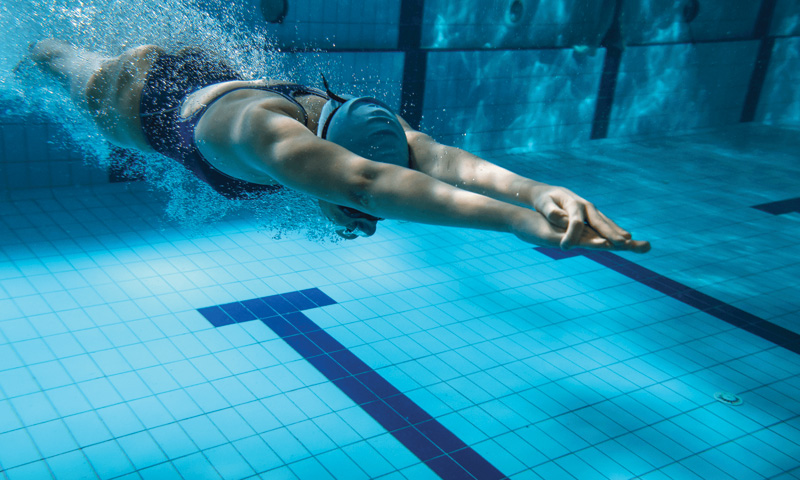
Chlorine’s limitations become apparent when faced with cryptosporidium, which demands a concentration of at least one part per million (ppm) of free chlorine (FC) to inactivate most pathogens within a few minutes. Unfortunately, cryptosporidium can survive for more than seven days, leading to outbreaks and widespread illnesses.
The power of ultraviolet technology
UV technology emerges as a game-changer in pool maintenance. Listed in the Model Aquatic Health Code (MAHC) as an approved secondary disinfectant, UV technology ensures immediate inactivation of chlorine-resistant organisms. It is especially crucial for venues with spray features and toys catering to children under five.
Integrating UV technology into pool systems has proven to be a potent tool in the battle against waterborne pathogens. UV disinfection is effective against cryptosporidium, legionella, and pseudomonas and enhances overall water quality.
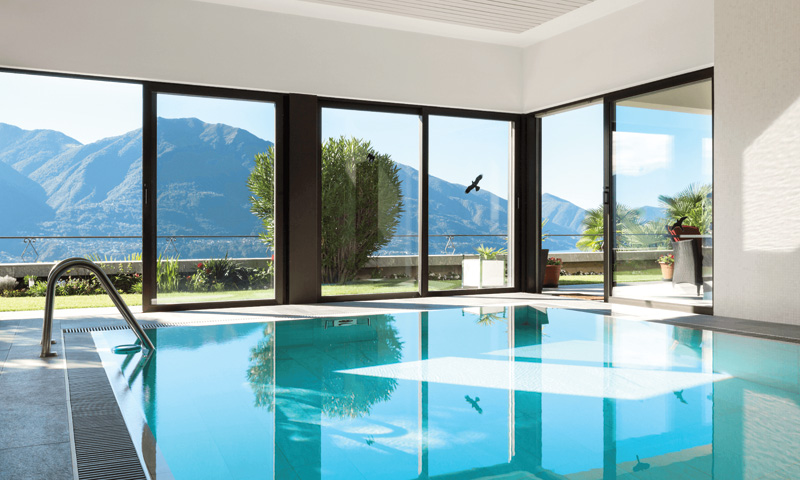
UV technology features:
- Immediate inactivation—Unlike chlorine, UV technology inactivates these organisms immediately, providing a swift and effective solution.
- Compliance—UV technology adheres to the guidelines set by the MAHC, ensuring safety standards are met.
- Protective barrier—UV systems act as a protective barrier, especially against chlorine-resistant organisms, contributing to a safer aquatic environment.
- Peace of mind—UV offers some peace of mind for the reported fecal accidents and those not reported.
Improving the overall design, construction, and operation of aquatic facilities is vital in preventing RWI outbreaks.
UV disinfection and ozone equipment play a crucial role, with UV technology standing out for its immediate effectiveness against pathogens. The more often the water passes through the UV reaction chamber, the more effective it will be.
The menace of chloramines
In pools, the familiar “chlorine” smell is, in reality, a combined chlorine (CC), or “chloramine”—the result of chlorine reacting and combining with bodily fluids such as oil, sweat, and urine. This process becomes more noticeable during busy periods when patrons play and splash in the water, causing these chloramines to rise and become airborne. Besides causing respiratory issues and skin irritation, chloramines wreak havoc on pool equipment. Inherently corrosive, chloramines have wide-ranging effects, causing structural damage over time to components such as pool drains, HVAC systems, and stainless-steel equipment near the pool deck, including peripheral gutters, guard stands, and handicap lifts.
While regular monitoring, pool shocking, and investing in better filtration systems help manage chloramine formation, they come at a cost. Pool operators increasingly turn to high-intensity, broad-spectrum UV light-based disinfection systems as a more efficient, cost-effective solution.
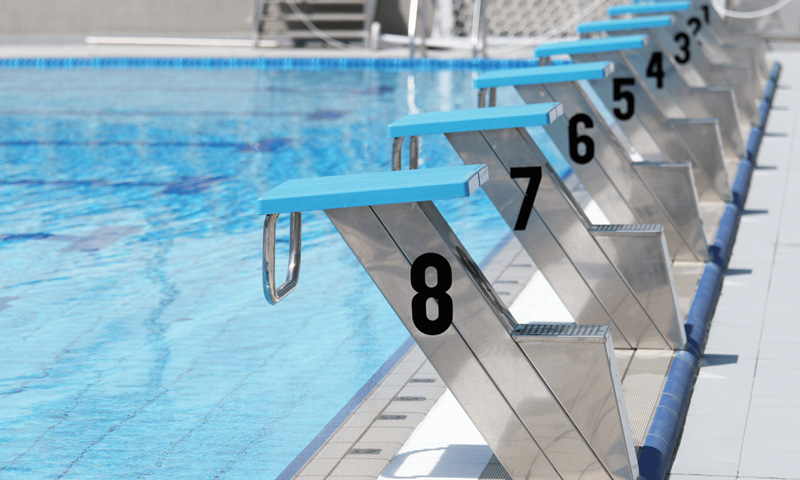
Managing chloramine formation includes:
- Regular monitoring—Pool maintenance personnel frequently use test kits to measure chlorine and chloramine levels in the pool water. Chloramine levels must be kept below 0.3 ppm to avoid its harmful effects.
- Pool shocking—The most common technique to reduce chloramine levels is by shocking the pool with chemicals, either by adding more chlorine or using non-chlorine shocking agents.
- Better filtration—Certain filtration systems, such as sand filters with added volcanic ash, zeolites, and granulated activated carbon (GAC) filters, effectively remove ammonia from the pool water.
- Daily maintenance: Regular vacuuming and brushing of the pool remove dust that might react with chlorine to produce chloramines.
This is just a small list of activities, often carried out simultaneously, that need to be done to better manage chloramine formation. As simple as they sound, these activities can collectively cost a significant sum of money annually. Since these steps must be conducted as part of regular pool maintenance, losing track of this compounding cost is manageable. Also, commercial pool facilities must deal with sudden increases in swimmer populations during peak times, significantly increasing operational expenses.
It is no wonder that pool operators are moving toward adopting high-intensity, broad-spectrum UV light-based disinfection systems. Specifically, UVC energy (between the range of 200 to 280 nm) has been found to be very effective in breaking down chloramine molecules.
Regarding return on investment (ROI), if the reduced life and accelerated damage to pool equipment were considered, the UV disinfection system would undoubtedly be “the choice” for any pool owner. Potentially extending the lifespan of an HVAC system by three to five years, which could carry a price tag in hundreds of thousands of dollars, not only promises a significant ROI but also offers the added advantage of secondary disinfection.
Outdoor pools require the same protection as indoor pools
Contrary to the belief that RWI outbreaks only occur indoors, 90 per cent of outdoor pools lack barriers against chlorine-resistant organisms. UV disinfection is often associated with indoor pools, but its benefits extend to outdoor pools. UV systems efficiently destroy chloramines and defend against chlorine-resistant pathogens such as cryptosporidium and giardia. Still, with outdoor facilities, the nasty chloramine odours are less noticeable and usually overlooked by pool operators and patrons.
In scientific terms, when chlorine is added, two chemicals that destroy waterborne germs are unleashed: hypochlorous acid (HOCL) and hypochlorite ion (OCL-). When HOCL reacts with ammonia, chloramines form. Three chemical reactions can occur when HOCL reacts with ammonia, each involving the replacement of hydrogen ions with chlorine ions.
To limit the amount of chloramine formation, facility operators must reduce the amount of ammonia entering the pool by encouraging bathers to use the toilet and shower with soap before entering the pool. This is not a feasible solution, and most patrons do not comply with this request. A particular problem for indoor pools is that chloramines have nowhere to go. They either remain in the water or are released and hover a few feet above the water’s surface because they are heavier than air. Compounding the issue is a lack of air movement above the water surface and around the pool. Although beneficial, introducing air movement can be challenging for pool operators as this would result in customer complaints about being cold when exiting the pool.
Several methods can be used to control these harmful chloramine problems. These include continuous breakpoint chlorination, shock or super-chlorination, UV light systems, ozone, and dilution with fresh water or ventilation.
When UV is utilized as a supplement to chlorine, facilities inactivate chlorine-resistant organisms and improve water quality by destroying chloramines.
Outdoor pools do not have the same problem with chloramines because they dissipate into the atmosphere, and even a slight breeze helps eliminate airborne odours. So why, then, do you need UV disinfection for outdoor pools? Remember the previously mentioned cryptosporidium and giardia? These organisms enter indoor and outdoor pools through fecal incidents. Cryptosporidium and giardia behave the same in both environments and, as a result, can make bathers in either pool type sick. It is, therefore, essential to consider a secondary treatment such as UV disinfection.
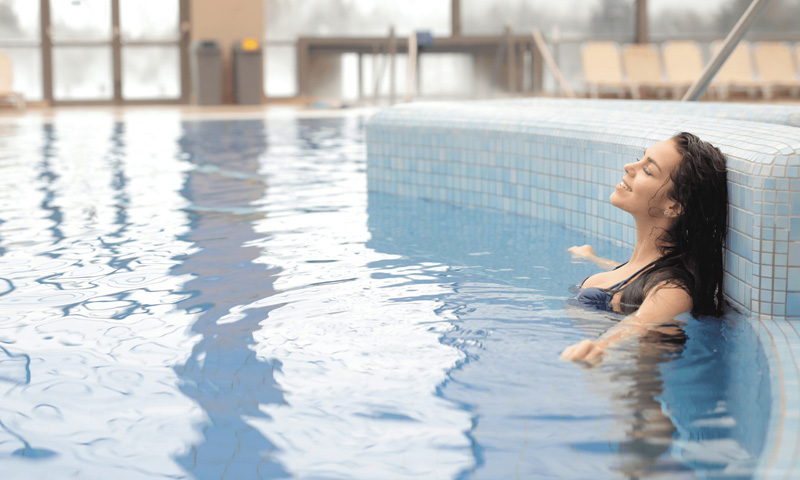
Removing chloramines is a significant benefit of UV disinfection. Still, its true calling is the inactivation of unwanted waterborne pathogens, especially those that are chlorine-resistant, such as cryptosporidium and giardia. It is important to note that UV does not eliminate the need for chlorine treatment; a residual is still required for several reasons. However, UV systems enhance the chlorine by providing a protective barrier against chlorine-resistant organisms. Additionally, as a beneficial side effect, it can also destroy chloramines.
Conclusion
Maintaining swimming pool health and safety requires a holistic approach, combining traditional chlorination with innovative technologies such as UV disinfection. It is important to note that opting for UV disinfection does not introduce additional chemicals to the pool, providing a preferable, chemical-reduced swimming environment. Contrary to popular belief, even with salt-water systems generating on-site chlorine, the pool is not entirely chemical-free, as this process, which involves breaking the salt molecules (NaCl) into sodium and chlorine, still yields unwanted chlorine by-products. Awareness, proper maintenance practices, and adopting advanced solutions are vital to ensuring that every dip in the pool remains a refreshing and safe experience.
Author

Dr. John C. Psaroudis is a graduate of West Liberty State College with a Bachelor of Science degree in Chemistry and a Doctorate from West Virginia University. He has worked in the ultraviolet (UV) disinfection industry for the past 10 years dealing with both UV disinfection and chloramine destruction. Dr. Psaroudis held the position of national sales manager for PurAqua Products and is currently the national aquatics sales manager for Aquionics Inc., a manufacturer of UV disinfection technology for water and wastewater in the industrial, municipal, and aquatics markets.
Source URL: https://www.poolspamarketing.com/trade/features/beyond-chlorine-how-uv-technology-keeps-pools-safe/